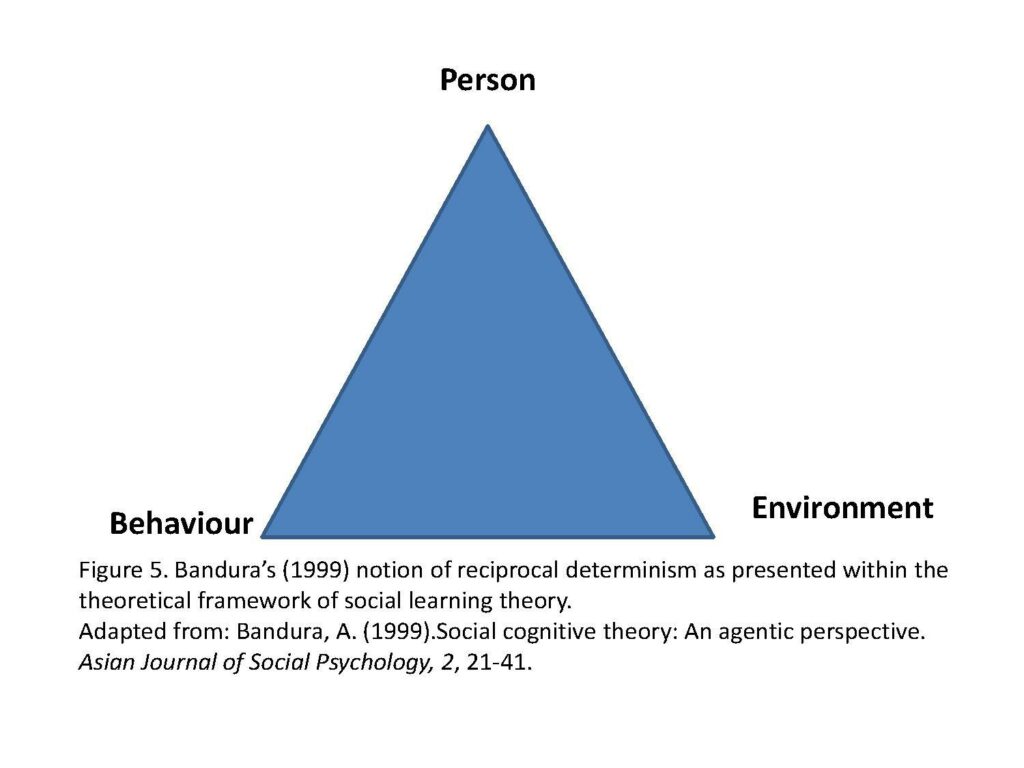Frequent guest contributor Amyn Amlani, PhD, introduces the concept of self-efficacy to our field as one means of revving up the idling hearing services and devices market.
The US hearing healthcare market has yet to experience appreciable growth. Since 1980, estimates indicate that the hearing healthcare market encounters an organic growth of 0.125 million Americans with hearing difficulties annually, even though the US population of individuals with hearing difficulties grows at an annual rate of 0.5 million.
Progress and Barriers
On the one hand, this idle, but consistent, organic growth has provided the market with stable, long-term and ecological progress.
On the other hand, hearing healthcare has failed to ameliorate the overwhelming psychological (e.g., reduced self-esteem, anger, depression, increased anxiety) and psychosocial (e.g., social withdrawal, socially inappropriate behavior or responses, lack of concentration) consequences of decreased hearing sensitivity into higher adoption rates of audiologic services and technology.
The caveat to this latter statement is that if confidence in improving the status quo in listeners with hearing difficulties declines, these individuals are less likely to seek provider assistance and adopt amplification.{{1}}[[1]]Meyer C, Hickson L, Fletcher A. (2014). Identifying the barriers and facilitators to optimal hearing aid self-efficacy. Int J Audiolo, 53 (Suppl 1): S28-S37.[[1]]
Righting the Wrong through Self-Efficacy
 So how does hearing healthcare reverse its misfortune into increased adoption rates of audiologic services and technology? One possible solution is the concept of self-efficacy, or an individual’s confidence to carry out actions needed to achieve a goal. Self-efficacy is a central component to Albert Bandura’s Social Learning Theory{{2}}[[2]]Bandura A. (1977). Social Learning Theory. Englewood Cliffs, NJ: Princeton Hall.[[2]], which advocates that behavior is determined by expectancies and incentives.
So how does hearing healthcare reverse its misfortune into increased adoption rates of audiologic services and technology? One possible solution is the concept of self-efficacy, or an individual’s confidence to carry out actions needed to achieve a goal. Self-efficacy is a central component to Albert Bandura’s Social Learning Theory{{2}}[[2]]Bandura A. (1977). Social Learning Theory. Englewood Cliffs, NJ: Princeton Hall.[[2]], which advocates that behavior is determined by expectancies and incentives.
For listeners with hearing difficulties, adoption of audiologic services and technology is dependent on the listener’s competence to perform the behavior such that it influences a desired outcome. The desired outcome varies from individual-to-individual, and can consist of approval of others (i.e., social acceptance), economic gain (e.g., landing a job, occupational promotion), improved health status (e.g., decrease depression, anxiety), or a combination of factors.
As self-efficacy is heightened in an individual, he/she will:
- view challenging problems as tasks to be mastered
- develop deeper interest in the activities in which they participate
- form a strong sense of commitment to their activities, and
- recover quickly from setbacks and disappointments.
Enhancing Self-Efficacy through Smartphone-Based Technology
Healthcare, in general, has turned to smartphone-based applications to enhance self-efficacy in the intervention of healthy lifestyles, fitness, disease management, and public health.{{3}}[[3]]Wells M, Gallelli M. (2011). Is mobile the prescription for sustained behavior change? Health Innoventions.[[3]] The overarching advantages of using smartphone-technology{{4}}[[4]]Krishna S, Boren S, Balas A. (2009, April). Healthcare via cell phones. Telemedicine and e-Health: 231.[[4]] are that it provides the patient with:
- information about their treatment and condition
- a means to access their provider and vice-versa, allowing for the patient to ask questions about their treatment, and
- the ability to store and reference previous screening results.
Advantages of smartphone-based technology specific to individuals with hearing difficulties include{{5}}[[5]]Amlani AM, Taylor B, Levy C, Robbins, C. (2013). Utility of smartphone hearing aid applications as a substitute to traditional hearing aids. Hear Rev, 20(13), 16-18, 20, 22.[[5]]:
- markedly reduced negative perceptions associated with stigma
- a less-restrictive service delivery model, while increasing the patient decision-making process
- increased hearing health awareness
- global accessibility and lower prices to those who cannot afford, or have restricted access to, traditional amplification, and
- the advantage to temper declines in cognitive function stemming from prolonged auditory desenstization,{{6}}[[6]]Lin FR, Metter EJ, O’Brien RJ, Resnick SM, Zonderman AB, Ferrucci L. (2011). Hearing loss and incident dementia. Arch Neurol, 68(2): 214-220.[[6]],{{7}}[[7]]Lin FR, Yaffe K, Xia J, Xue Q, Harrris TB, Purchase-Helzner E, Satterfield S, Ayonayon HN, Ferrucci L, Simonsick EM. (2013). Hearing loss and cognitive decline in older adults. JAMA Intern Med, 173(4): 293-299.[[7]] that, on average, span five-to-seven years.{{8}}[[8]]Gagné JP, Southall H, Jennings MB. (2011). Stigma and self-stigma associated with acquired hearing loss in adults. Hear Rev,18(8): 16-22.[[8]]
Other advantages of using smartphone-based applications are the increased adoption of this technology by individuals 65+ age group (46.6% in December 2014, compared to 24.5% in January 2013){{9}}[[9]]Anonymous. (2015, February). Smartphone penetration, rising in all age and income demos, hits 75% of the US mobile market. [[9]], as well as increased adoption and use by minority populations, particularly African-Americans{{10}}[[10]]Sarasohn-Kahn J. (2010). How smartphones are changing health care for consumers and providers. California Healthcare Foundation.[[10]] and Hispanics.{{11}}[[11]]Schroeder DG, Hix B, Dean D, et al. (2011). Improving the health of Hispanics using mobile technology.[[11]]
To be Continued … With Data and Models!
Amyn M. Amlani, Ph.D., is an Associate Professor on the faculty of the Department of Speech and Hearing Sciences, University of North Texas. Dr. Amlani holds the B.A. degree in Communication Disorders from the University of the Pacific, the M.S. degree in Audiology from Purdue University, and the Ph.D. degree in Audiology/Psychoacoustics (minor in Marketing and Supply Chain Management) from Michigan State University. His research interests include the influence of hearing aid technology on speech and music, and economic and marketing trends within the hearing aid industry. E-mail: [email protected]
feature image courtesy of J Med Internet Res








